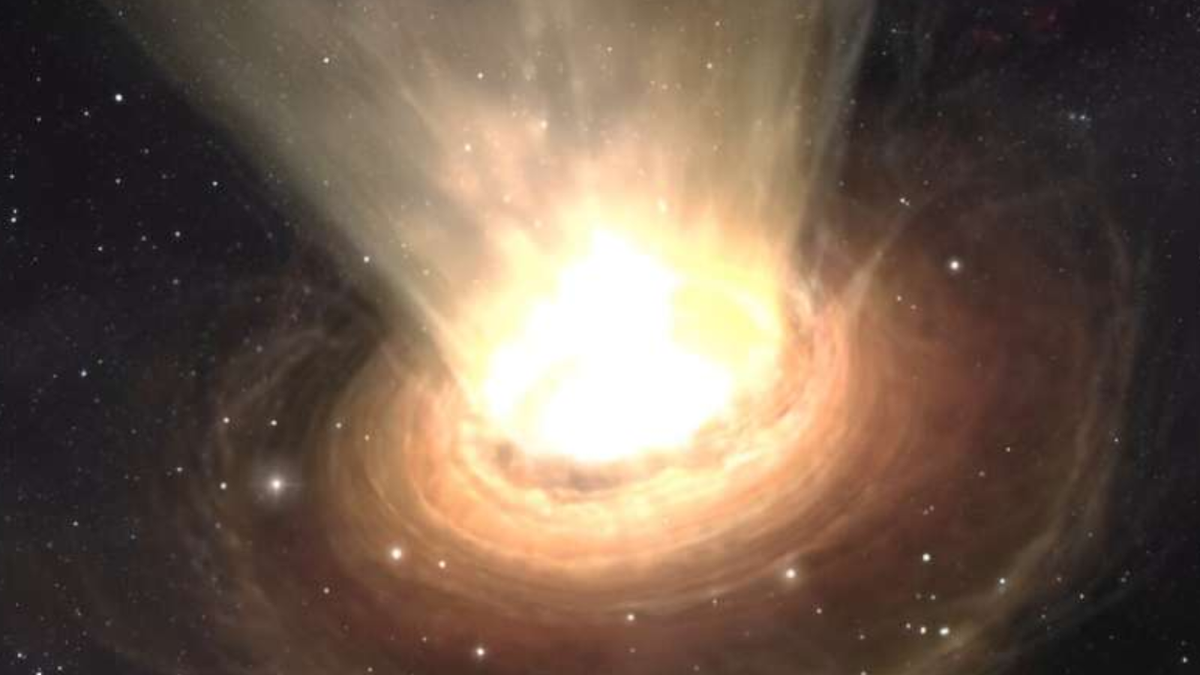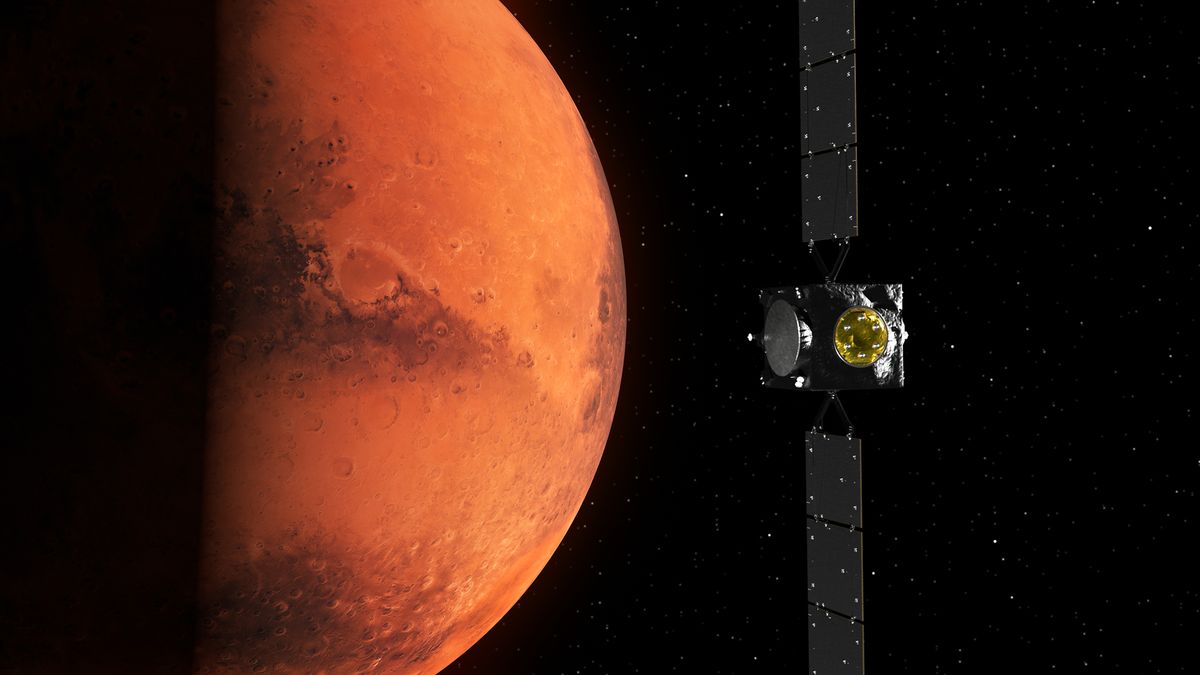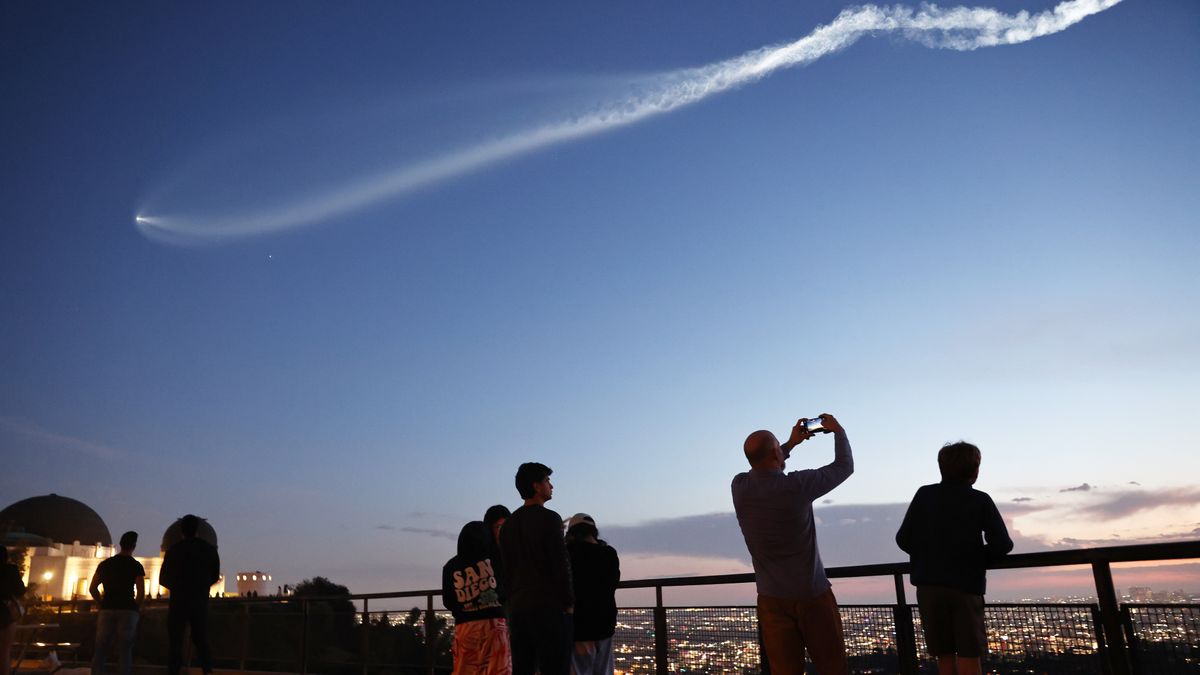Mapping the Plasma “Burps” of a Feeding Supermassive Black Hole-Powered Quasar
Using the Hubble Space Telescope, astronomers have successfully mapped the plasma “burps” emitted by a supermassive black hole-powered quasar located relatively close to Earth. This groundbreaking achievement provides valuable insights into the feeding habits of these cosmic entities.
The Cosmic Landscape
Supermassive black holes, with masses millions or even billions of times greater than that of the sun, are believed to reside at the cores of most galaxies. However, not all of these black holes exhibit the same level of activity. For instance, the supermassive black hole at the center of our Milky Way, known as Sagittarius A*, remains relatively quiet due to its limited consumption of surrounding matter.
In contrast, the quasar studied by astronomers is fueled by a voraciously feeding supermassive black hole located at the heart of the galaxy Zwicky 1, approximately 847 million light-years away in the constellation of Pisces. This proximity offers a unique opportunity to study the extreme conditions surrounding active galactic nuclei (AGN), which are known for their intense luminosity.
Unveiling the Phenomenon
The supermassive black hole within Zwicky 1 boasts a mass equivalent to 9.3 million suns and displays rapid matter consumption, generating powerful jets that result in high-speed “burps.” Researchers from the Netherlands Institute for Space Research (SRON) have meticulously documented these outflows for the first time.
Lead researcher Anna Juráňová emphasized the exceptional nature of the quasar, stating, “I Zwicky 1 is very special in its properties. Other quasars exhibit similar outflows, but the alignment of factors in this case allows for a deeper analysis of its processes. We have gained a comprehensive understanding of the ionized gas motions within this quasar, a rare achievement.”
The Mechanism Behind the Outflows
Supermassive black holes are encompassed by an event horizon beyond which not even light can escape due to the overwhelming gravitational pull. The outflows observed in quasars originate from matter surrounding the black hole that possesses angular momentum, preventing direct descent into the event horizon.
As matter accumulates in an accretion disk around the black hole, it is gradually consumed. However, not all material succumbs to the black hole’s gravitational pull. Charged particles are channeled by magnetic fields towards the poles of the black hole, where they are ejected as high-speed jets, inducing outflows.
By utilizing the Hubble Telescope, Juráňová’s team identified four distinct plasma outflows from I Zwicky 1, traveling at speeds ranging from 134,000 mph to a staggering 6.5 million mph. This unprecedented observation shed light on a unique phenomenon where one outflow appeared to be obscured by the shadow of another, revealing the dynamic nature of the quasar’s surroundings.
The team’s findings, published in the journal Astronomy & Astrophysics, suggest a more vigorous gas expulsion process in the vicinity of I Zwicky 1, offering valuable insights into the growth and interaction of supermassive black holes with their environment.
Image/Photo credit: source url





